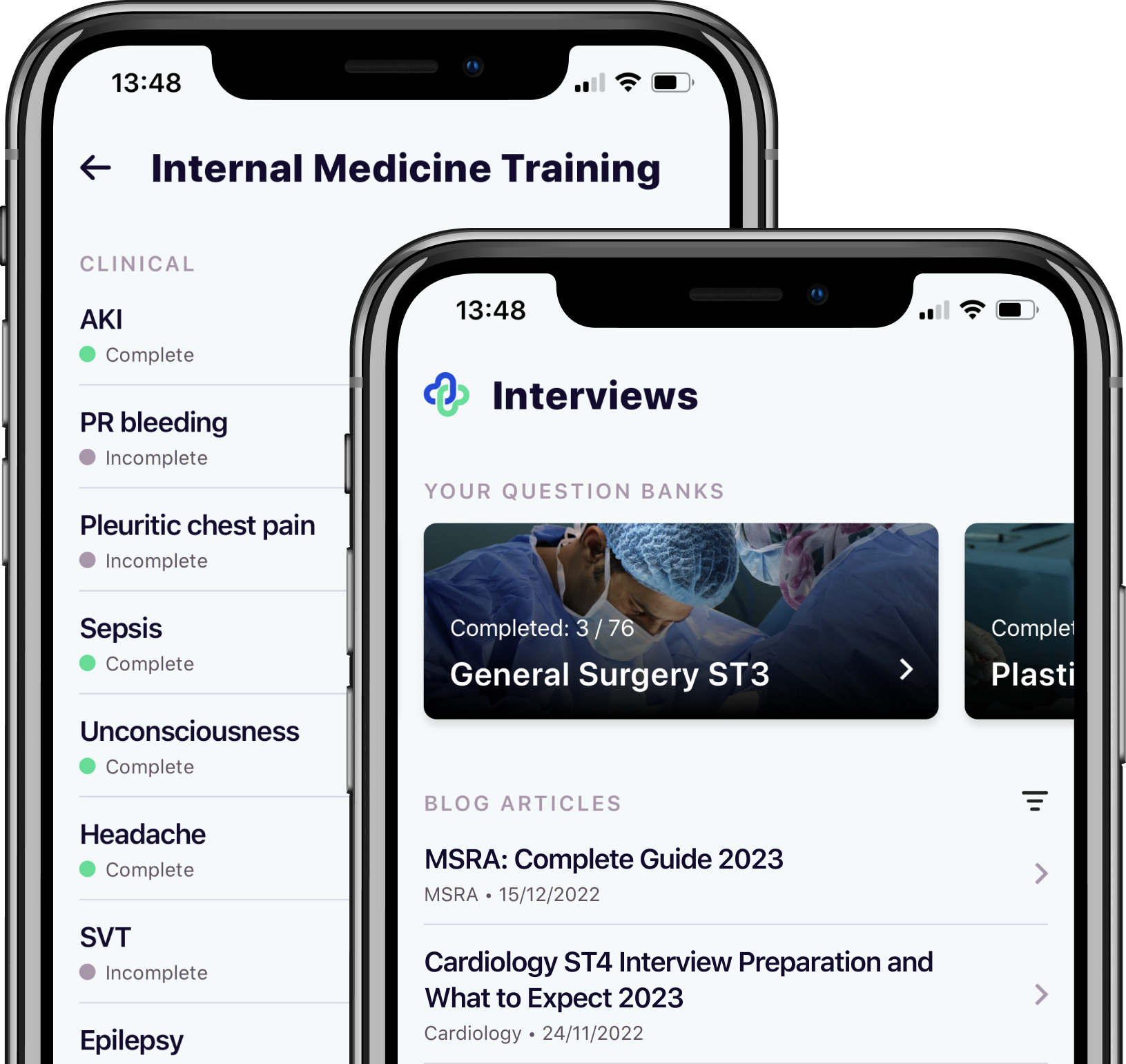
Day in the Life of a Paediatrics ST1
Are you thinking of applying to specialty training in Paediatrics? Have you started preparing for your Paediatrics ST1 application? Are you wondering what life in paediatrics is really like?
I have written this blog to help give you an idea of what to expect as a Paediatrics ST1!
There are several places where you can work as a paediatrics ST1, all of which have very different “normal” days and involve different jobs.
The ward
Working on the paediatric ward is very similar to working on an adult ward in terms of structure to the day, but the patients and presentations are very different (and I think more fun)!
8.30am: Handover: In paediatrics, unlike in adult wards, there are three handovers a day, which involve a brief rundown of every patient on the ward and any patients in A&E who may be admitted, as well as any jobs that need doing.
9.00am: Teaching: We have half an hour of teaching in the morning, often given by a consultant.
9.30 am: Ward Round: As in most wards, the ST1 tends to go around with the consultant or registrar to review patients and identify jobs. The main differences in jobs created that I have found in comparison to adult wards are that the turnover is very high, so there are often lots of discharge summaries to be done, and the phlebotomists don’t come to the paediatric ward, so you have to bleed any children who need bloods.
Lunch
2.00pm: Jobs: The afternoon is generally about working through the jobs list. The jobs tend to include discharge summaries, bloods, phoning your nearest tertiary centre for advice and reviewing any unwell children.
4.30pm: Handover: This is a similar handover to the morning to ensure everyone on call knows all the patients, as they may not have been on the ward during the day. The crash bleep gets handed from the A&E SHO to the on call SHO.
5.00pm: Home
A&E
Again, there are many similarities between adult and paediatric A&E – your job is to rule out any serious pathology, decide if the patient needs to be admitted and devise a plan. It is common to discuss most patients in A&E with your registrar and get them to review if you are concerned or unsure about how to proceed. There is not much of a structure to the day in A&E as it depends on who walks through the door and if there are any emergencies, as the A&E SHO holds the crash bleep during the day.
Common Presentations to A&E:
- Fever
- Jaundice
- Bronchitis
- Viral-induced wheeze/Asthma
Common Emergencies Presenting to A&E:
- Difficulty in Breathing/Low saturations
- Sepsis
- Head injury/trauma call
Neonates
The neonatal SHO holds the delivery bleep. You will get called to attend:
- Meconium-stained liquor
- Emergency C-sections
- Preterm babies
- Any concern about baby (e.g. Concerning CTG)
You assess the baby when it is born (sometimes from afar if it is crying and looks well) and use the NLS algorithm if needed.
Post nates
Another job on the neonatal side is to review any babies on the postnatal ward whom midwives have any concerns or queries about. These are babies that are not unwell and can be kept with mum. Common jobs on post nates are:
- Reviewing babies on antibiotics to ensure they remain well
- Heel-prick bilirubin for jaundiced babies
- Reviewing babies on KP observations who may be able to go home
- Perform NIPEs on babies with abnormal findings in pregnancy
- Review babies with abnormal findings on NIPE
We hope you have found this blog useful and that it gives you a flavour of what to expect in each area of paediatrics.
When it comes to preparing for your Paediatrics ST1 interview, we have produced our Paediatrics ST1 Interview Question bank. Written by high scoring trainees, it is up to date – with new scenarios and additional example answers added for 2024 – and covers questions included in previous years’ interviews, as well as other potential questions that may come up. We give you the tools you need to practise and help you get your training job!
This blog is written by Nicola Wolff, a Paediatrics ST1 trainee who ranked highly in the 2022 application cycle.
Further reading

Take your subscriptions with you
Our mobile app allows you to access your interview and exam question banks wherever you are.



